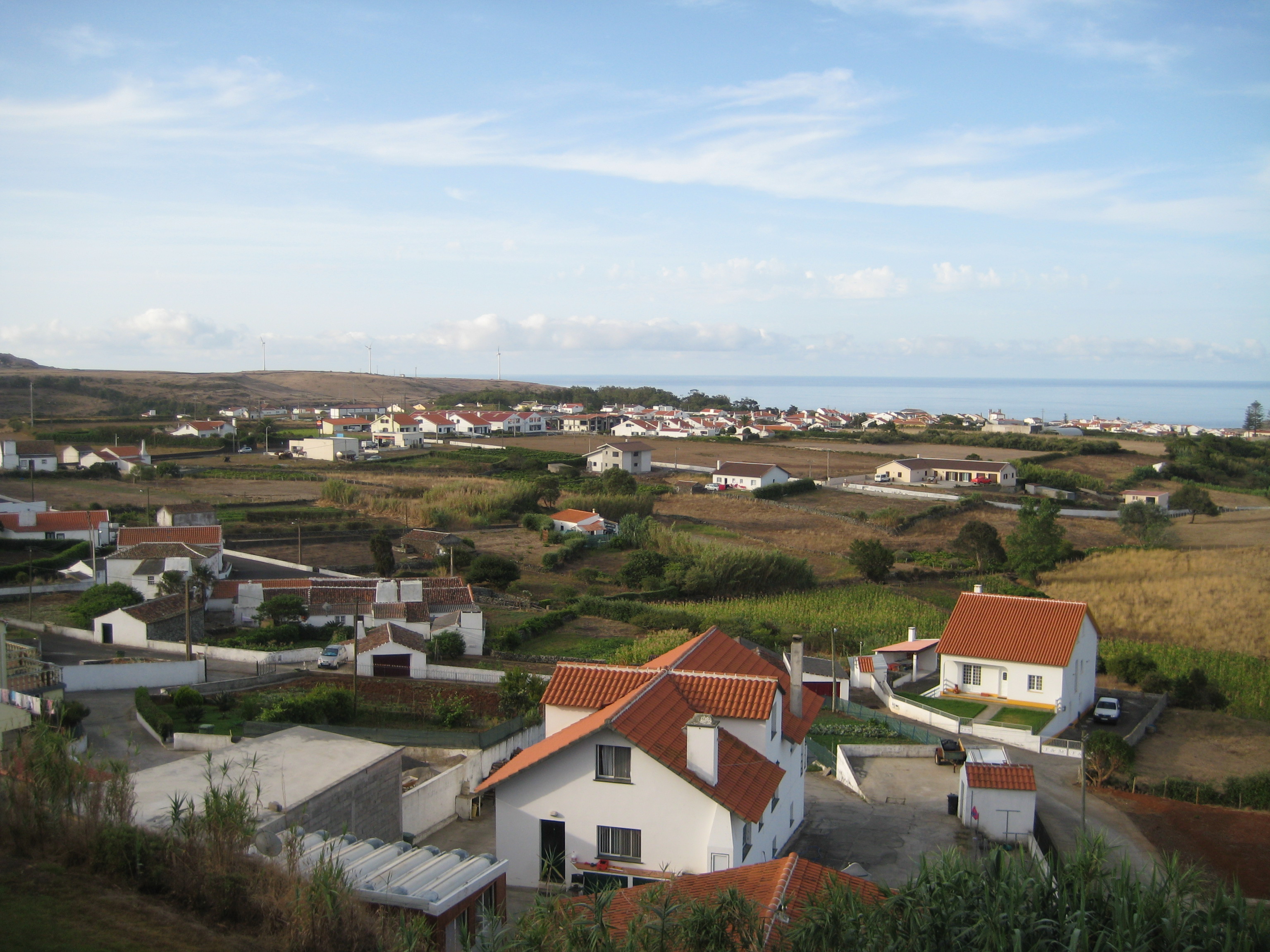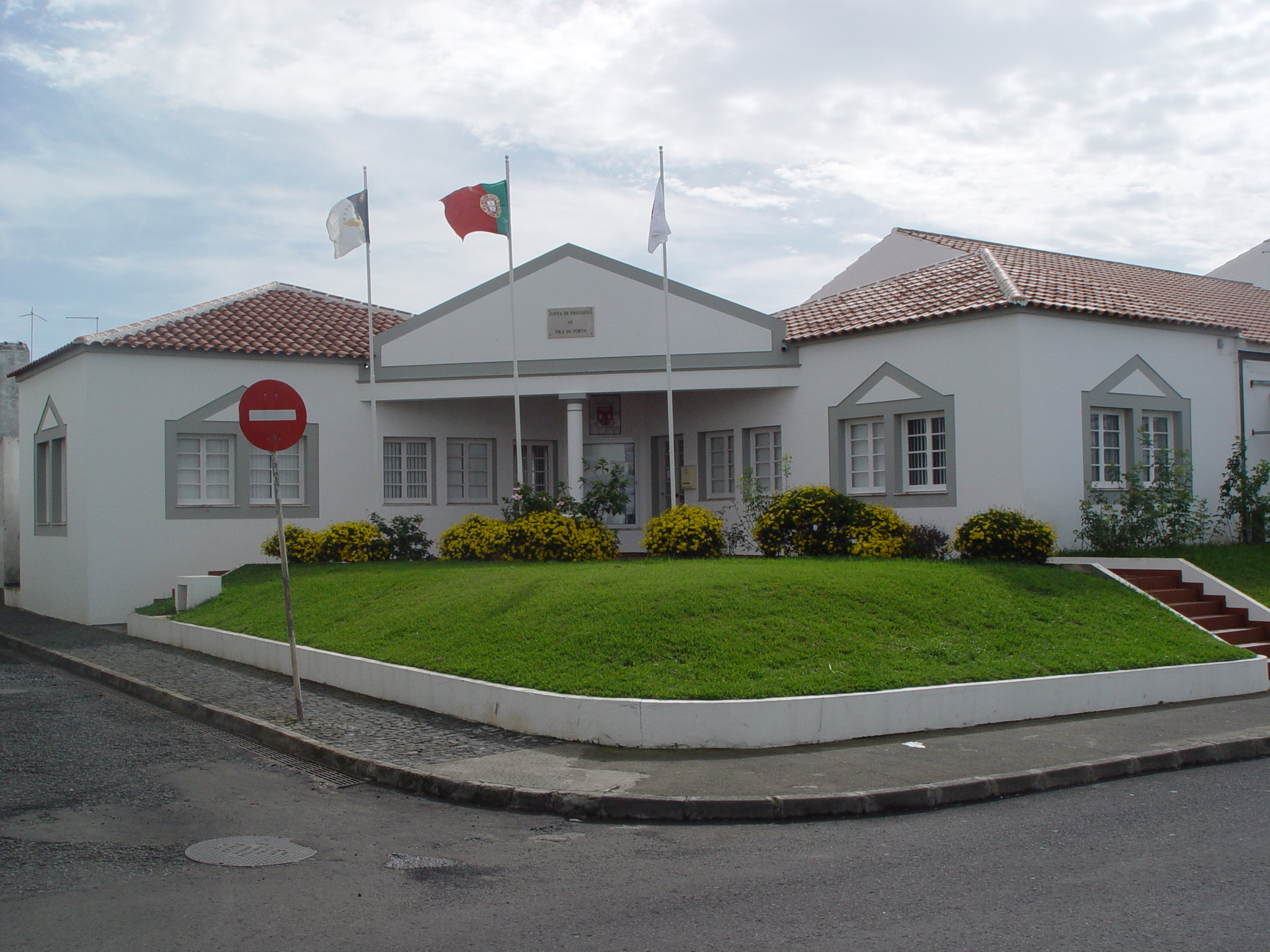Vila Do Porto (parish) on:
[Wikipedia]
[Google]
[Amazon]
Vila do Porto () is a Eurostat

 Following its discovery by
Following its discovery by

 It is located along the western coast of the island, limited by the Atlantic Ocean to the north, west and south and the parishes of Almagreira and São Pedro in the east.
Not to be confused with the municipality of
It is located along the western coast of the island, limited by the Atlantic Ocean to the north, west and south and the parishes of Almagreira and São Pedro in the east.
Not to be confused with the municipality of
civil parish
In England, a civil parish is a type of administrative parish used for local government. It is a territorial designation which is the lowest tier of local government below districts and counties, or their combined form, the unitary authorit ...
in the municipality
A municipality is usually a single administrative division having corporate status and powers of self-government or jurisdiction as granted by national and regional laws to which it is subordinate.
The term ''municipality'' may also mean the go ...
of Vila do Porto
Vila do Porto (; "Port Town") is the single municipality, the name of the main town and one of the civil parishes on the island of Santa Maria, in the Portuguese archipelago of Azores. Its nearest neighbor, administratively, is the municipali ...
, located on the island of Santa Maria, in the Portuguese
Portuguese may refer to:
* anything of, from, or related to the country and nation of Portugal
** Portuguese cuisine, traditional foods
** Portuguese language, a Romance language
*** Portuguese dialects, variants of the Portuguese language
** Portu ...
autonomous region of Azores
)
, motto =( en, "Rather die free than subjected in peace")
, anthem= ( en, "Anthem of the Azores")
, image_map=Locator_map_of_Azores_in_EU.svg
, map_alt=Location of the Azores within the European Union
, map_caption=Location of the Azores wi ...
. It is the southernmost and easternmost parish in the archipelago of Azores. The population in 2011 was 3,119, in an area of 25.55 km².History

Diogo Silves
Diogo de Silves (fl. 15th century) is the presumed name of an obscure Portuguese explorer of the Atlantic who allegedly discovered the Azores islands in 1427.
He is only known from a reference on a chart drawn by the Catalan cartographer, Gabrie ...
, Friar Gonçalo Velho Cabral
Gonçalo Velho Cabral ( 1400 – c. 1460) was a Portuguese monk and Commander in the Order of Christ, explorer (credited with the discovery of the Formigas, the re-discovery of the islands of Santa Maria and São Miguel in the Azores) and hered ...
noble in the House of Henry the Navigator, commander in the Order of Christ, arrived at Santa Maria in 1432, then referred to as the ''Ilha dos Lobos'' (''island of wolves''), referring to the wolf seals found in the region at the time. It was the seat of the first captaincy of the islands of the Azores (that included Santa Maria and São Miguel. Its settlement began in 1439, after the original beachhead in Praia dos Lobos (in the north of the island). A regal charter from Infante Peter (regent of King Afonso V), dated 2 July 1439, indicated that Henry had ordered that sheep should be deposited on the seven islands of the Azores. São Miguel and Santa Maria were the first islands to be settled by families from Estremadura, Alto Alentejo and Algarve, through the initiative of Gonçalo Velho, then the designated first Captain-donatário of the Azores.
The settlement of the southerly villa of Porto occurred in 1450, by Fernão de Quental, on a hilltop overlooking the southern coast over a wide cove. The parish was founded with a foral
200px, Foral of Castro Verde - Portugal
The word ''foral'' ({{IPA-pt, fuˈɾaɫ, eu, plural: ''forais'') is a noun derived from the Portuguese word ''foro'', ultimately from Latin ''forum'', equivalent to Spanish ''fuero'', Galician '' foro'', ...
(''charter'') issued in 1470.
Life in this community was isolated, inaccessible and poorly defensible. Many of the early documents associated with its founding were lost in a pirate attack occurring in 1616. Consequently, at the beginning of the 17th century, the Fort of São Brás, on the site of ''Cimo da Rocha'' was likely constructed, alongside the hermitage dedicated to ''Nossa Senhora da Conceição''.
Referring to the population, Gaspar Frutuoso
Gaspar Frutuoso (c.1522 in Ponta Delgada – 1591 in Ribeira Grande) was a Portuguese priest, historian and humanist from the island of São Miguel, in the Portuguese archipelago of the Azores. His major contribution to Portuguese history was hi ...
(the humanist and chronicler) indicated:
:''"This town is populated and the whole island, of honorable people, and many of their progeny have been knighted, and others through wedding alliances with the Captains and their sons, who were born noble. All the honorable men, natives of this land, are generally high in stature, well disposed and proportioned, of good and serious faces and happy faces, presumptuosos icand honorable friends, as is expected of honorable men."
In the 20th century (1901), Vila do Porto received a regal visit from King Carlos I Carlos I may refer to:
*Carlos I of Spain (1500–1558), also Charles V of the Holy Roman Empire
*Carlos I of Portugal (1863–1908), King of Portugal
*Juan Carlos I of Spain
Juan Carlos I (;,
* ca, Joan Carles I,
* gl, Xoán Carlos I, ...
and Queen Amélia. In 1908, still during the monarchy, the Republican Party elected their first member to the municipal council.
Following the construction of the international airport in 1944, primarily to serve as an emergency US airbase, in 1946 civil air traffic was inaugurated resulting in the development of a dynamic urban, economic and social culture in the archipelago. The institutionalization of air service resulted in the Portuguese establishment of a permanent presence, with the construction of the barrio of ''Aeroporto'' by architect Keil do Amaral becoming a result of this activity.
On 21 October 1992, the urbanized area of Vila do Porto, that included the historic town, was classified under Regional Legislative Decree 22/92/A, as an area of public interest. This was supported by a similar decree on 24 August 2004 (29/2004/2), to establish a jurisdictional regime to protect and recover some of the cultural patrimony (under article 58, line 3) that included the historic town.
Geography

Vila do Porto
Vila do Porto (; "Port Town") is the single municipality, the name of the main town and one of the civil parishes on the island of Santa Maria, in the Portuguese archipelago of Azores. Its nearest neighbor, administratively, is the municipali ...
, the oldest settlement in the Azores, is a semi-urban parish that includes two principal areas: a zone south of the parochial Church, that conforms to the medieval roads and village, and a modern area developed along new roadways to the north and eastern plain (that incorporates the barrio of ''Aeroporto'' and ''Vila'') divided by two river-valleys (the São Francisco and Sancho). In addition there are various localities in the region, including Salvaterra, Valverde, Pedras de São Pedro, Flor da Rosa, Santana, and Anjos.
Economy
While the parish's past was marked by agriculture, its modern economy concentrated on the secondary and tertiary markets, resulting from its importance as a hub of trans-Atlantic air traffic and commerce.Architecture
Civic
* Airport Barrio ( pt, Aeroporto de Santa Maria) * Ceramic Factory of Santa Maria ( pt, Fábrica de Cerâmica de Santa Maria) * Formigas Lighthouse ( pt, Farol das Formigas) * Monument to Christopher Columbus ( pt, Monumento a Cristóvão Colombo) * Primary School and Cantina of Vila do Porto ( pt, Escolas Primárias e Cantina de Vila do Porto) * Residence of Father Manuel ( pt, Casa de Pe. Manuel) * Residence of the 3rd Captain-Donatário ( pt, Casa do 3º Donatário da Ilha de Santa Maria) * Residence Rua Teófilo Braga, 124 ( pt, Prédio na Rua Teófilo Braga, nº 124) * Section Barracks and Fiscal Guard Post ( pt, Quartel da Secção e Posto da Guarda Fiscal de Vila do Porto) * Shingle Kiln in Santo Antão ( pt, Forno de Telha de Santo Antão) * Social Security Building ( pt, Edifício da Segurança Social)Military
*Fort of São Brás
A fortification is a military construction or building designed for the defense of territories in warfare, and is also used to establish rule in a region during peacetime. The term is derived from Latin ''fortis'' ("strong") and ''facere'' ...
( pt, Forte de São Brás), situated at the southern edge of the town, the fort was part of a defensive line that dates back to the 15th century;
Religious
* Church of Nossa Senhora da Assunção ( pt, Igreja Matriz de Vila do Porto/Igreja de Nossa Senhora da Assunção) * Church of Santo Antão ( pt, Igreja de Santo Antão) * Church of the Misericórdia ( pt, Igreja da Misericórdia de Vila do Porto/Igreja do Senhor dos Passos) * Convent of São Francisco ( pt, Convento de São Francisco/Igreja de Nossa Senhora da Vitória) * Hermitage of Nossa Senhora dos Anjos ( pt, Capela de Nossa Senhora dos Anjos/Ermida dos Anjos e Treatro) * Hermitage of Nossa Senhora da Boa Viagem ( pt, Ermida de Nossa Senhora da Boa Viagem) * Hermitage of Nossa Senhora da Conceição da Rocha ( pt, Ermida de Nossa Senhora da Conceição/Nossa Senhora da Conceição da Rocha) * Hermitage of São Pedro Gonçalves Telmo ( pt, Ermida do Corpo Santo/Ermida de São Pedro Gonçalves Telmo)References
;Notes ;References * * * * * * {{DEFAULTSORT:Vila Do Porto (Parish) Freguesias of Vila do Porto